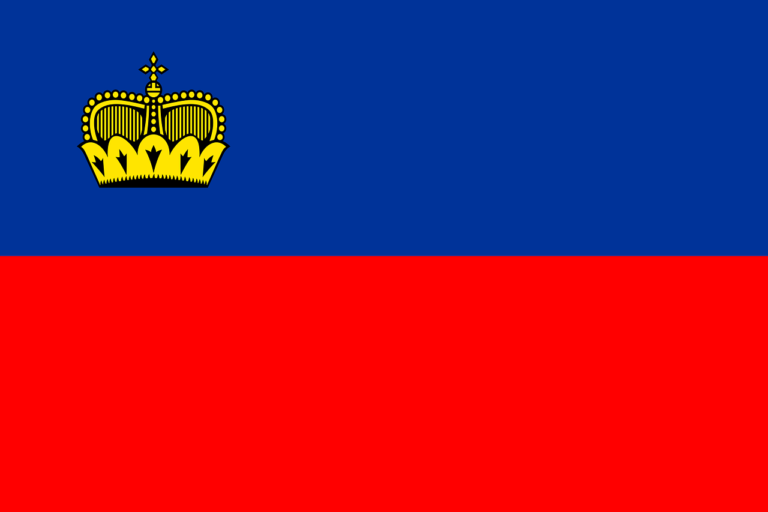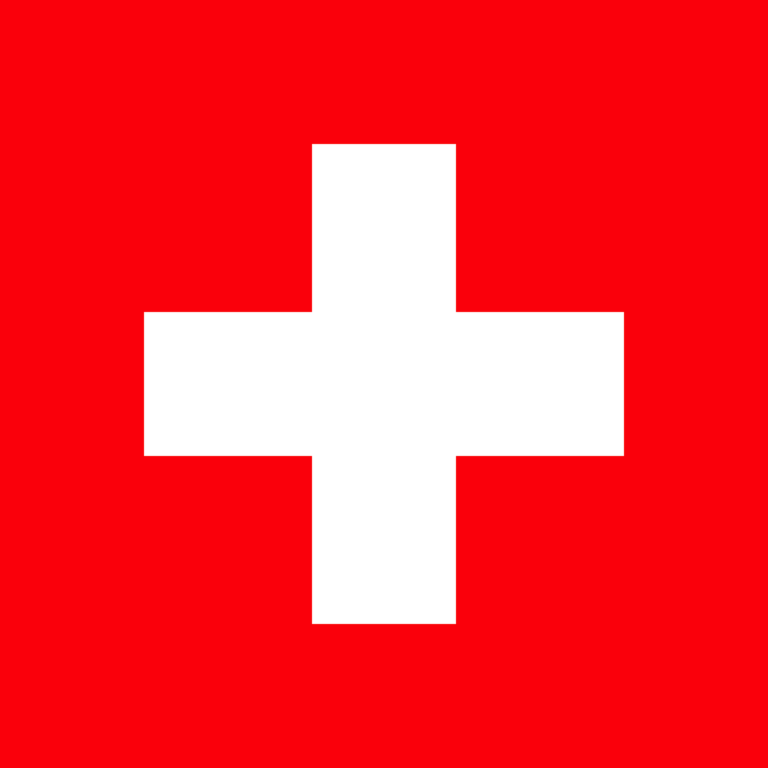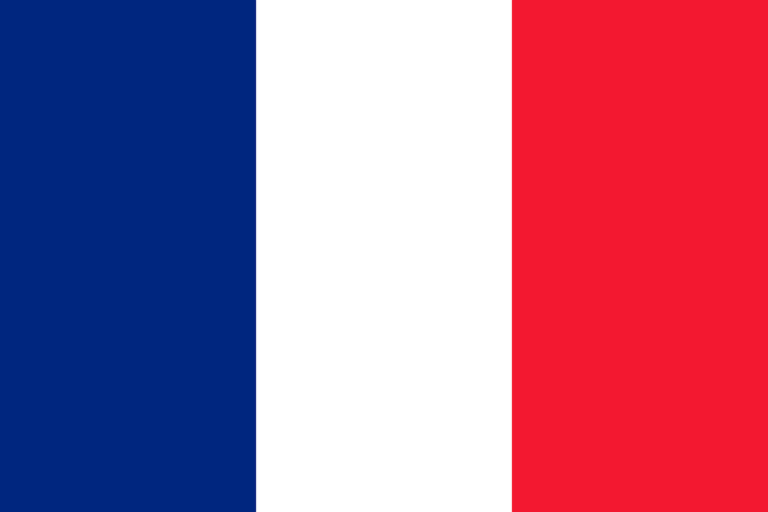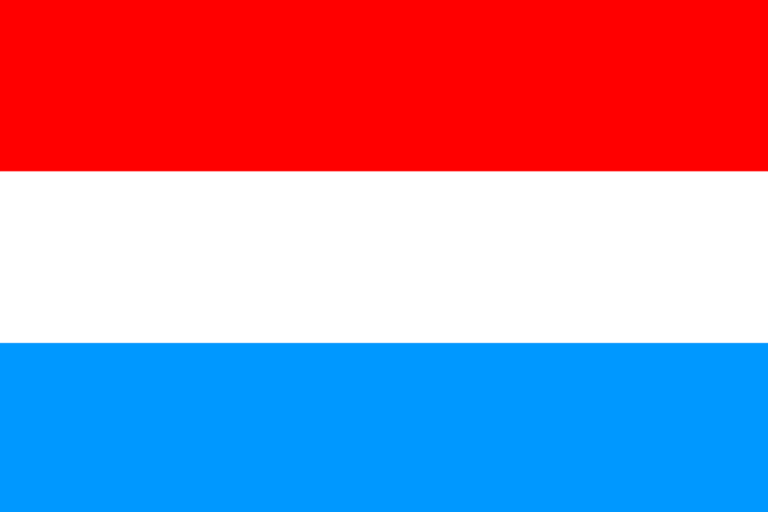Flags are powerful symbols that embody a nation’s values, history, and aspirations. The national flag of San Marino, with its simple yet distinctive design of two equal horizontal bands of white (top) and light blue (bottom), stands as a proud emblem of the republic’s rich heritage, independence, and enduring commitment to freedom. In this blog post, we will explore the captivating story behind the San Marino national flag, tracing its origins, symbolism, historical significance, and its enduring importance in contemporary San Marino.
Origins and Evolution:
The national flag of San Marino, known as the “La Bandiera dei Tre Monti” (The Flag of the Three Towers), features two horizontal bands. The top band is white, representing peace and purity, while the bottom band is light blue, symbolizing the sky and freedom. The flag’s design has remained largely unchanged since its adoption in the 19th century, reflecting the ancient traditions and values of the republic.
Symbolism and Meaning:
The colors of the San Marino national flag hold deep symbolic significance. The white band represents peace, innocence, and the pursuit of harmony. The light blue band symbolizes the sky, freedom, and the republic’s commitment to liberty and self-governance. Together, the colors epitomize the values of San Marino, emphasizing the importance of tranquility, independence, and the preservation of democratic ideals.
Historical Significance:
The San Marino national flag carries immense historical significance, representing the republic’s long-standing commitment to freedom and self-determination. San Marino, one of the oldest surviving republics in the world, traces its roots back to the 4th century AD. The flag serves as a symbol of the republic’s resilience, having endured numerous challenges and external pressures throughout its history while maintaining its independence and democratic principles.
Contemporary Importance and National Identity:
In present-day San Marino, the national flag holds great importance and is proudly displayed throughout the republic. It serves as a symbol of national pride, unity, and identity, representing the shared values and aspirations of the Sammarinese people. The flag is prominently raised during national holidays, such as the Feast of the Republic on September 3rd, and other significant events, showcasing the republic’s enduring commitment to its democratic principles.
The San Marino national flag plays a vital role in shaping the national identity of the republic. It symbolizes the spirit of liberty, the resilience of a small nation, and the determination of the Sammarinese people to preserve their unique heritage and democratic traditions. The flag fosters a sense of belonging, solidarity, and pride, transcending regional differences and reinforcing the collective identity of San Marino.
International Recognition and Influence:
The San Marino national flag is recognized globally, representing the republic’s sovereignty and its unique status as an independent microstate. It is proudly displayed at Sammarinese embassies, consulates, and international events, symbolizing the republic’s diplomatic relations and contributions to the international community. The flag’s simple yet distinctive design has also influenced various fields, including art, design, and fashion, serving as an emblem of San Marino’s cultural heritage and identity.
The San Marino national flag, with its timeless combination of white and light blue, encapsulates the republic’s rich history, independence, and unwavering commitment to freedom and democracy. It stands as a symbol of peace, liberty, and the enduring spirit of the Sammarinese people. The flag fosters a sense of national pride, unity, and identity, transcending boundaries and representing San Marino’s esteemed place in the world as a beacon of democratic values. As San Marino continues to thrive and shape its future, the national flag will remain a cherished emblem, embodying the republic’s noble traditions, independence, and its esteemed role as one of the world’s oldest republics.






